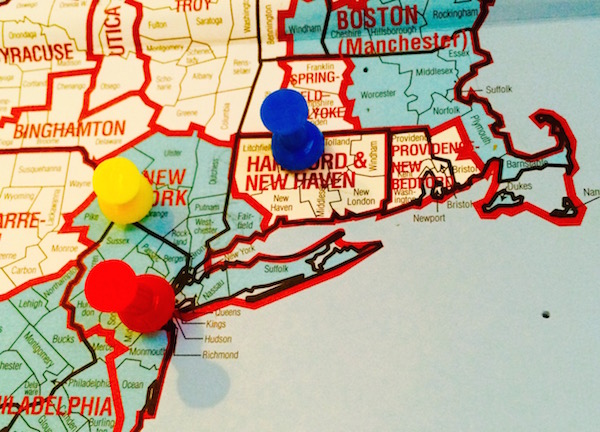Conquering new opportunity markets can be intimidating at first, especially when determining which markets to focus on. You may have doubts about the potential success of a new market. After all, you’ve been building your steady customer base for a long time. But if you want to experience growth in visitorship, you need to get the word out beyond your core markets (and your comfort zone). Loyal customers are great, but they won’t sustain you forever. By keeping these four tips in mind, you’ll be able to choose an opportunity market to explore with confidence.
- Start by Asking the Right Questions about Geography. How far are people willing to drive or fly to your attraction? You have to be realistic about the answer. It’s nice to think they will drive across the country to see how amazing you are, but it’s more likely that people have limits (usually 1-2 hours in the car). Are there nearby towns or regions you haven’t explored that attract a large amount of vacationers? And can you afford to advertise in those destinations? Which brings us to our next tip.
- Find Out How Expensive Each Market Is. Not all markets are created equal – some are much more expensive than others. Although getting the word out to people in big cities seems appealing, you may want to start off small to get more for your money. Let’s say you’re located in Southeast Connecticut. You’re looking at Springfield and Boston, Massachusetts, neither of which has ever been a part of your marketing plan. Boston happens to be one of the most expensive markets in the country, so your dollars will go a lot further in the Springfield market. That doesn’t mean you need to scrap your Boston dreams; if your budget allows, you may be able to reach Boston in one way or another, perhaps with a highly targeted online campaign that doesn’t require a larger investment. But your efforts will be much more efficient in Springfield.
- Look at Household Income. Will the residents of this market be able to afford to visit your attraction? Are they willing to spend money on both the ticket price and all the things that might surround it (food, drinks, add-ons, souvenirs)? If the majority of people in the market can’t afford the ticket price, you need to rule out that market and move onto the next one.
- Analyze the Competition. Broadening your radius adds new attractions to your competitive set. It’s important to figure out how likely it is that you’ll be able to steal market share and what it will cost to do so. Sometimes it’s easier to co-market your destination if your attractions complement each other (i.e. an aquarium and a zoo).
Exploring new markets requires quite a bit of research, but it will be well worth the time and effort in the end. To learn more about opportunity markets, including how to budget for them, when to begin, and how to deal with local media vendors when you shift dollars away from them, download our full white paper: How to Conquer Opportunity Markets.
